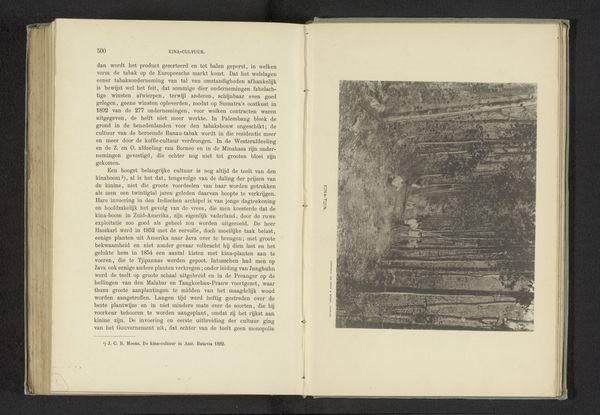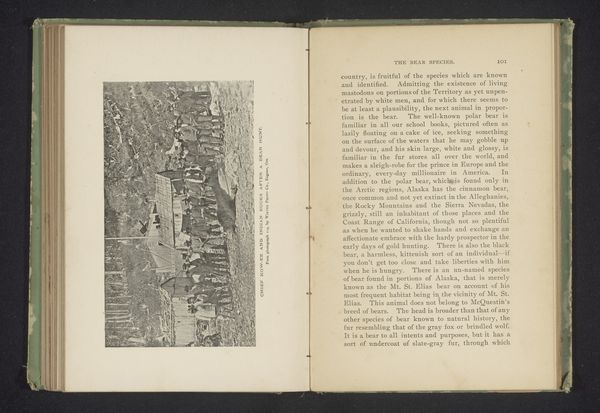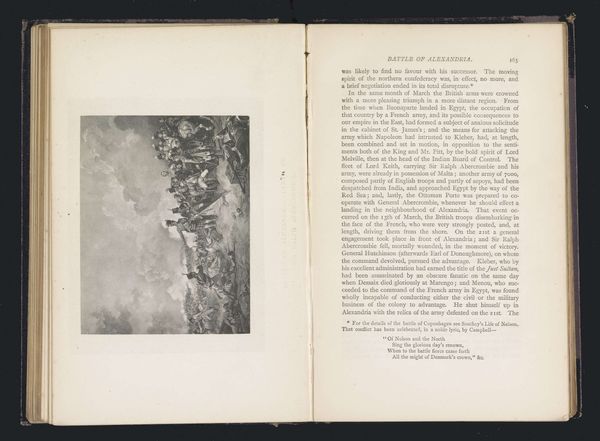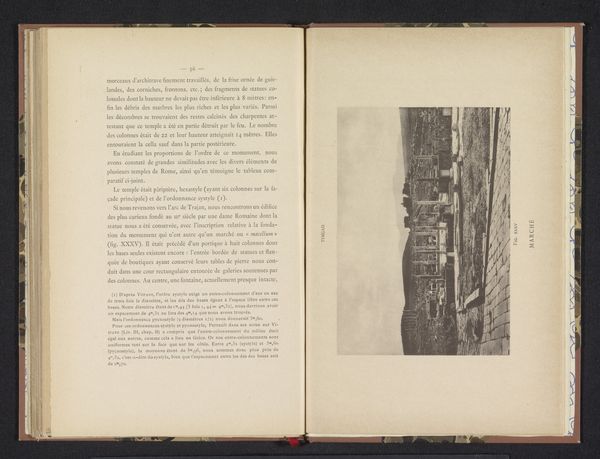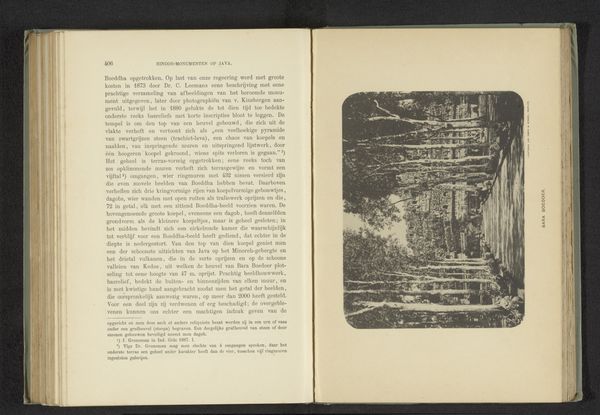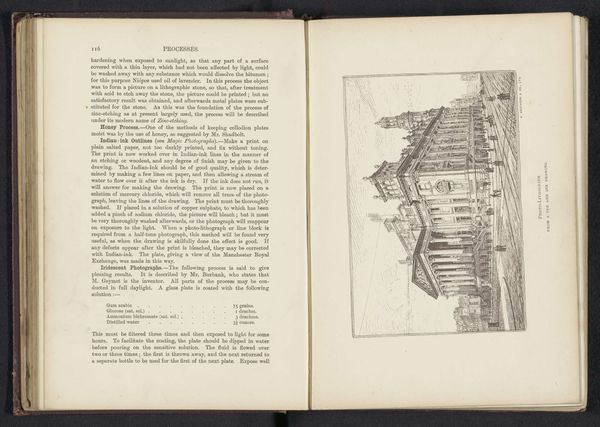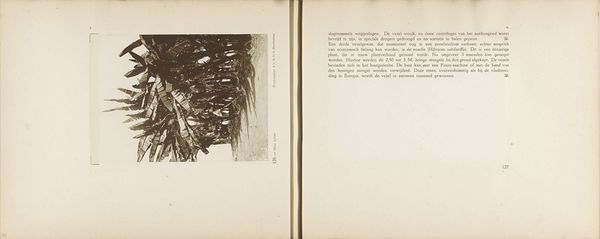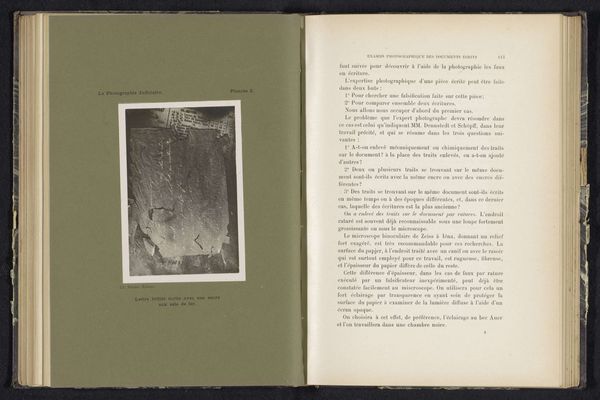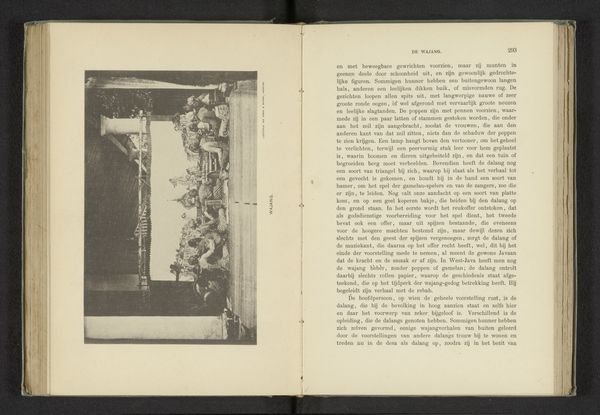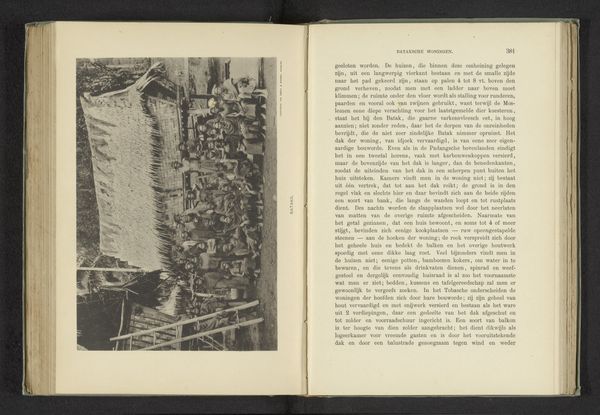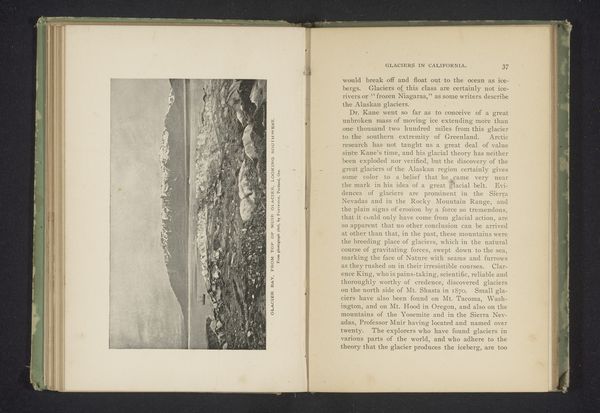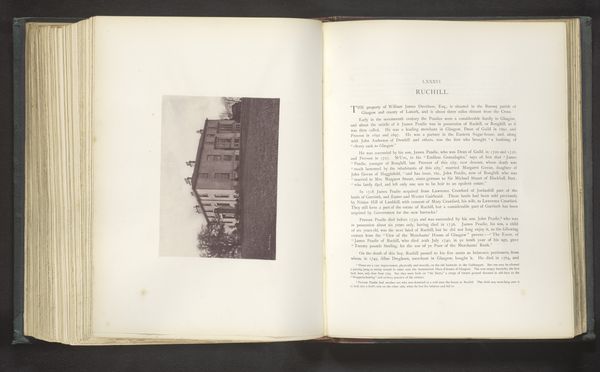
Pagina 74 en 75 van fotoboek van de Algemeene Vereeniging van Rubberplanters ter Oostkust van Sumatra (A.V.R.O.S.) c. 1924 - 1925
0:00
0:00
jwmeyster
Rijksmuseum
print, photography, collotype, gelatin-silver-print
#
still-life-photography
#
dutch-golden-age
#
ink paper printed
# print
#
photography
#
collotype
#
photojournalism
#
gelatin-silver-print
Dimensions: height 240 mm, width 310 mm
Copyright: Rijks Museum: Open Domain
Editor: This is a photograph from a photo book titled "Pagina 74 en 75 van fotoboek van de Algemeene Vereeniging van Rubberplanters ter Oostkust van Sumatra," taken around 1924-1925. It looks like an image of a landscape related to a rubber plantation. What underlying narratives do you think this photograph suggests? Curator: It's tempting to view this image through a straightforward lens, as a simple depiction of rubber plantations. However, its true power lies in what it conceals and the socio-political context of its creation. It appears within a book intended to promote the A.V.R.O.S., a rubber planters association, whose activities were built on colonial exploitation. Editor: So, the photo itself might be promoting a certain perspective? Curator: Exactly! We should ask: Whose story is *not* being told here? The narrative likely excludes the experiences and exploitation of the indigenous workers, their land rights, and the environmental impact of these plantations. By presenting only a sanitized version of the rubber industry, the book serves as a form of colonial propaganda. How might we use critical race theory to examine the power dynamics at play within this seemingly innocuous image? Editor: That’s a strong point. I was initially just thinking about the landscape itself, but now I realize it is much more loaded than that. Curator: The key is to recognize that this image, seemingly documenting agricultural practices, actively participates in shaping and perpetuating power structures and historical erasures. By questioning what the photograph doesn’t show, we can reveal the troubling layers of colonial history. Editor: That makes me think about all the photographs in history books and what narratives they consciously create. Thanks! Curator: Absolutely. Every image is a construction, inviting deeper interrogation beyond its surface appearance.
Comments
No comments
Be the first to comment and join the conversation on the ultimate creative platform.
